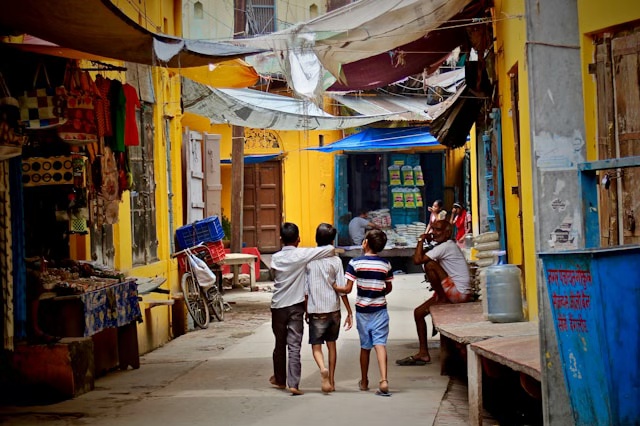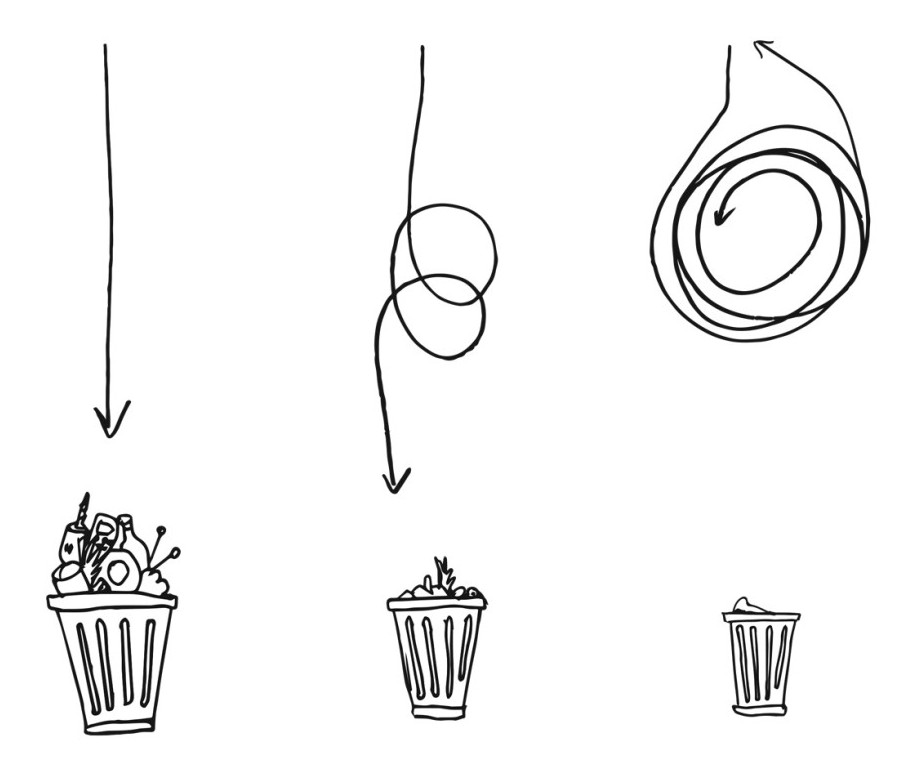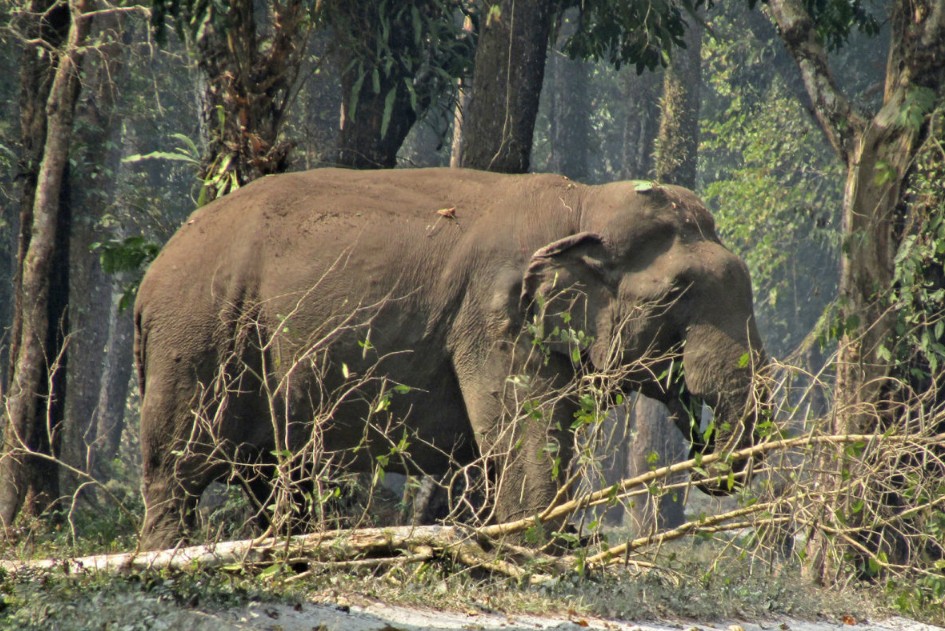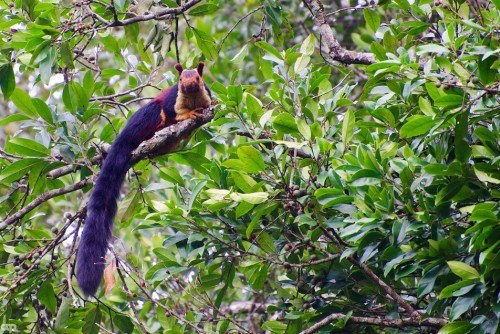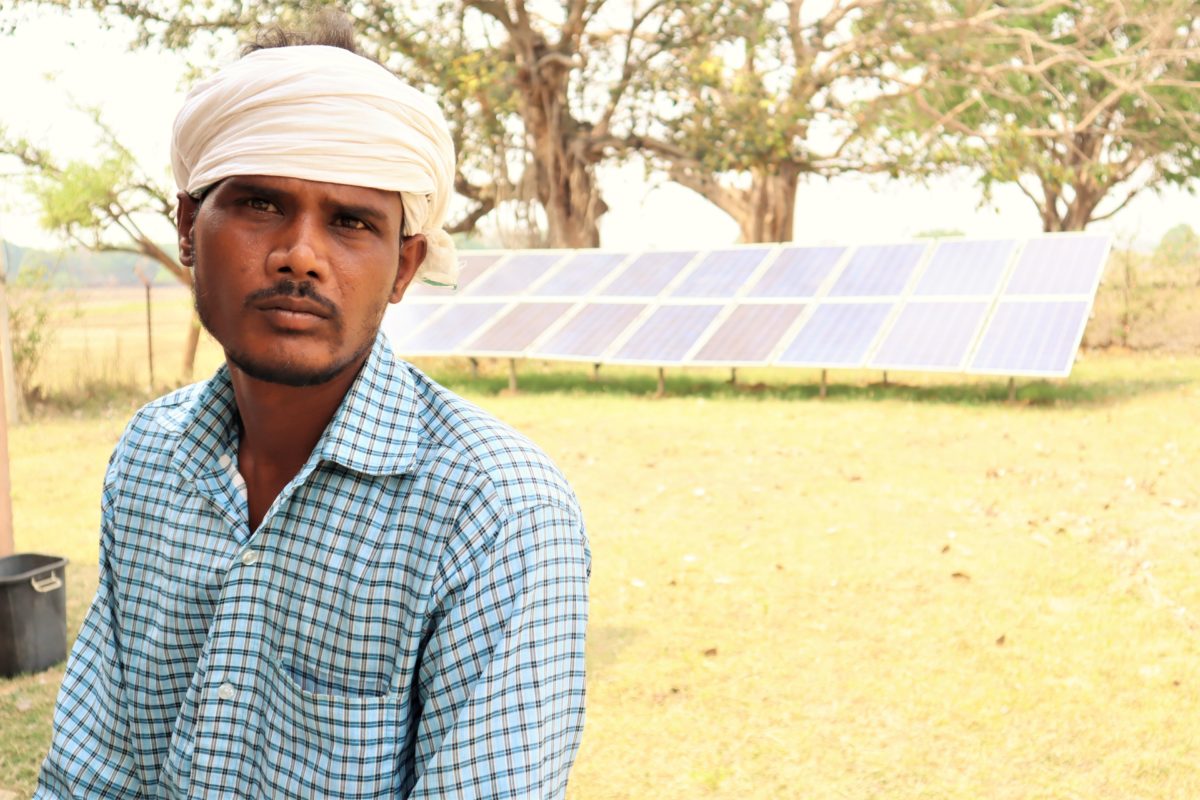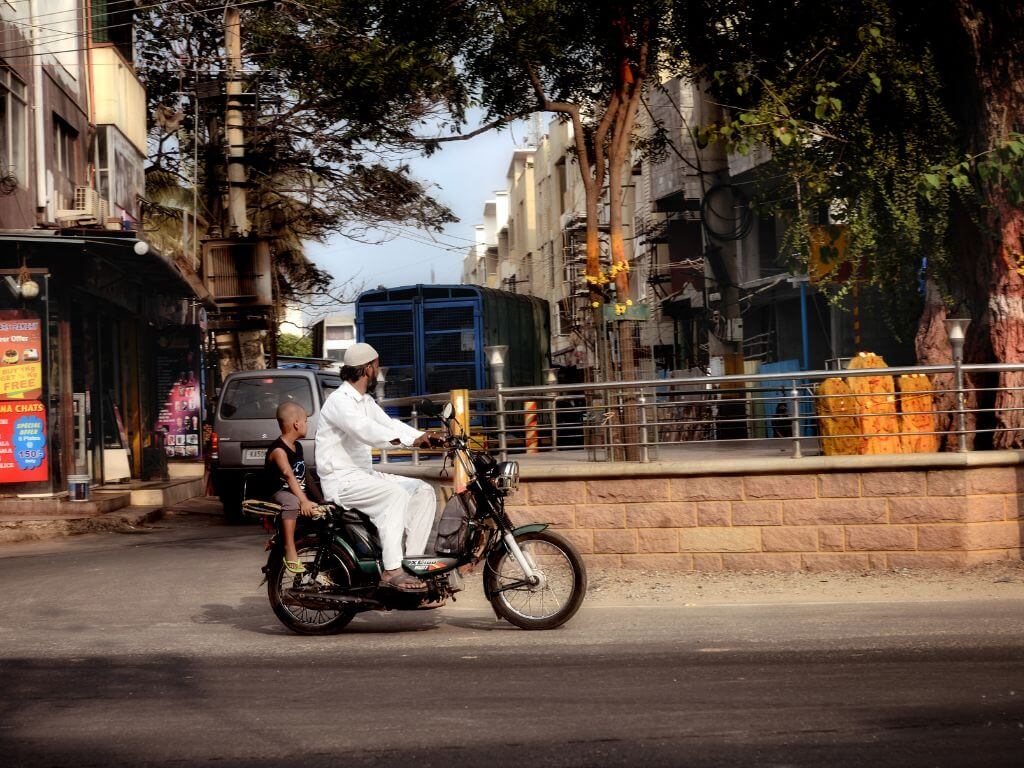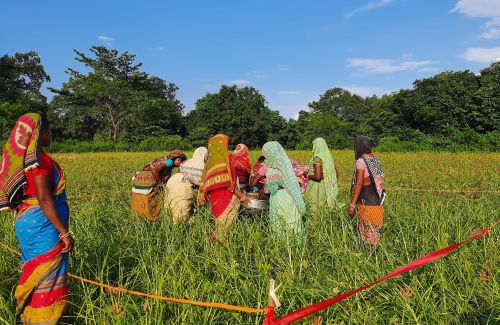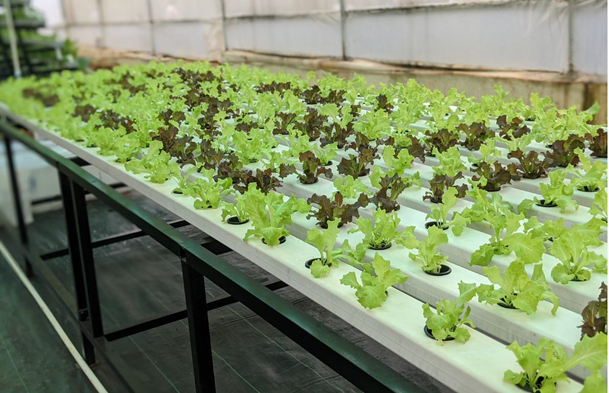In his life as a progressive farmer this has been the biggest surprise. As Harchand Singh explained the experience of growing paddy without the usual flooding of the fields, curious farmers from adjoining villages on the outskirts of Ludhiana watched him with rapt attention. Holding the rice ears in his hands he exclaimed, `It has been better than the flooded rice in both quality and quantity.' As other bewildered farmers watched, Singh claimed that his net saving on water had been around 60-70 per cent.
At a time when scientists at the resource-crunched International Rice Research Institute in Manila are struggling to develop new rice varieties that can grow in less water, the success in farmers' fields in Punjab may indeed have come as a welcome respite. With some 60 per cent of the world population being fed on rice, the impact of rice cultivation on freshwater supplies - especially in Asia - is a serious concern. Rice fields alone consume some 85 percent of all freshwater supply.
`Erroneously, agricultural science has believed all this time that the capacity of the paddy plant to tolerate flooded conditions has been the necessary condition for its survival,' commented Dr Daler Singh, who has pioneered the development of less-water paddy at the JDM Foundation in Ladhowal, Ludhiana.
During the last four years, Dr Singh and his colleagues have demonstrated at farmers' fields in several locations in Punjab that indeed this is not the case. Paddy can survive and thrive on much less water than previously thought. The incredible results with less-water paddies have attracted Noble Laureate Norman Borlaug and the World Food Prize Laureate and noted rice scientist Dr Gurdev Khush to farmers' fields in the past four years. The innovation has caught the attention of the Johl Committee on Agricultural Policy & Restructuring that has made recommendations to the Punjab Government to alter cropping patterns in favour of conserving dwindling freshwater supplies in the state.
The innovation is simple. Rice seedlings are transplanted on to ridges spaced 24 inches apart with furrows that are filled with water. While the crop is irrigated daily for the first week after transplantation, subsequent irrigation is at weekly intervals with special attention during tillering and grain setting stages. Since less water is used than the flooded rice fields, about 30 per cent less fertiliser is applied in the ridge-furrow system of paddy cultivation.
Paddy alone occupies 60 per cent of the cropped area during summer, and a significant portion of the annual consumption of 43.7 lakh ha metres of water is utilised for irrigating paddy in Punjab. Any reduction in water consumption at the farm will have a telling impact on electricity consumption in the state too. Statistics indicate that 35 per cent of the total electricity consumed in the state is being used to energise 7.5 lakh tubewells - mostly for irrigating paddy.
• Stopping virtual water trade
However, the innovation has yet to be adopted for wider dissemination by the agriculture department of the state, despite the government's focus on converting over a million-hectares under rice-wheat cropping rotation to other water-saving crops. Though the agriculture bureaucracy of the state has acknowledged the multi-faceted value of less-water paddy cultivation, it doesn't want the entire credit of developing the system to go to the JDM Research Foundation.
Further, Punjab's crop diversification plan hinges on the subsidy support of Rs. 1,280 crores that it is requesting the Central government to shell out. By giving an incentive of Rs. 12,500 per hectare, the government aims to inspire farmers to switch from the present paddy-wheat rotation to water-saving crops like durum wheat, pulses and oilseeds. However, the state government not only stands to firm up its electoral base amongst farmers but gain patronage of the private companies in the process too.
In such a situation the future of this innovation, that neither attracts any large capital transfer to the state on one hand nor benefits the private companies by way of better market for their seeds on the other, remains obscure. Many fear that the innovation may not get the desired patronage of the government on account of it being under agreement with the private companies for input delivery and buyback of the harvest under the crop diversification plan.
At a time when global research is focussed on reducing freshwater consumption on the farm from food security concerns, the traditional water-guzzler paddy is the key crop being targeted. Asia, where rice is a staple for more than half the world's people, faces a crisis in fresh water as populations swell, forests shrink and water tables recede. It is indeed incredible that the answer to cutting freshwater consumption on the farm comes from Punjab, the state that is at the forefront of all listed ecological sins.
The International Rice Research Institute not in a position to provide answers by way of a variety of aerobic rice for widespread adoption in the near future. In this situation, it is for the government to capitalise on the situation to ensure that the maximum number of farmers benefit from the innovation that reduces water needs. If this technique for saving huge quantities of water in the paddy fields were adopted by farmers in the peninsular India, the Cauvery dispute will get resolved once for all.
Water, anyone?



